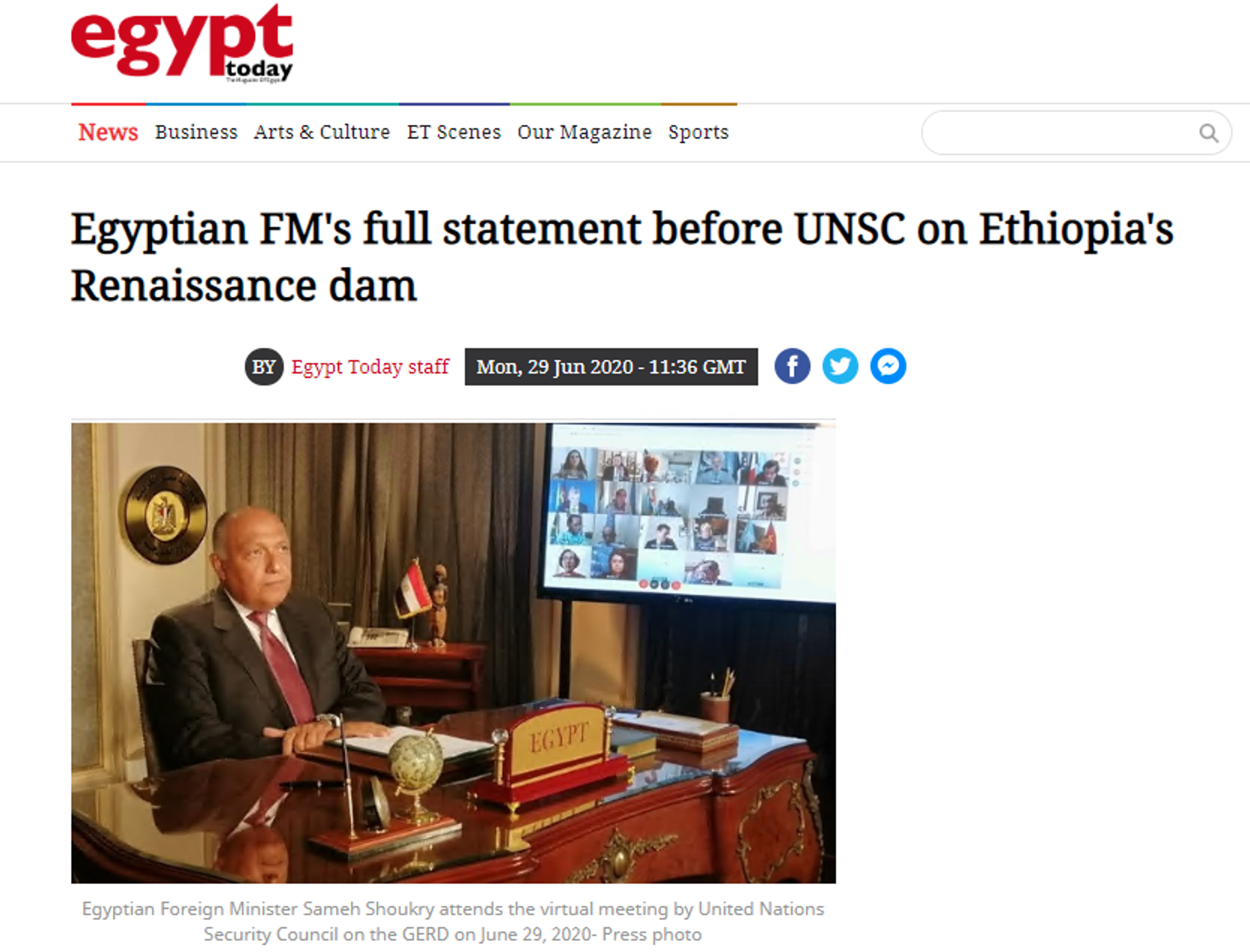(1964) USBR Study
USBR Study for potential dams in Ethiopia
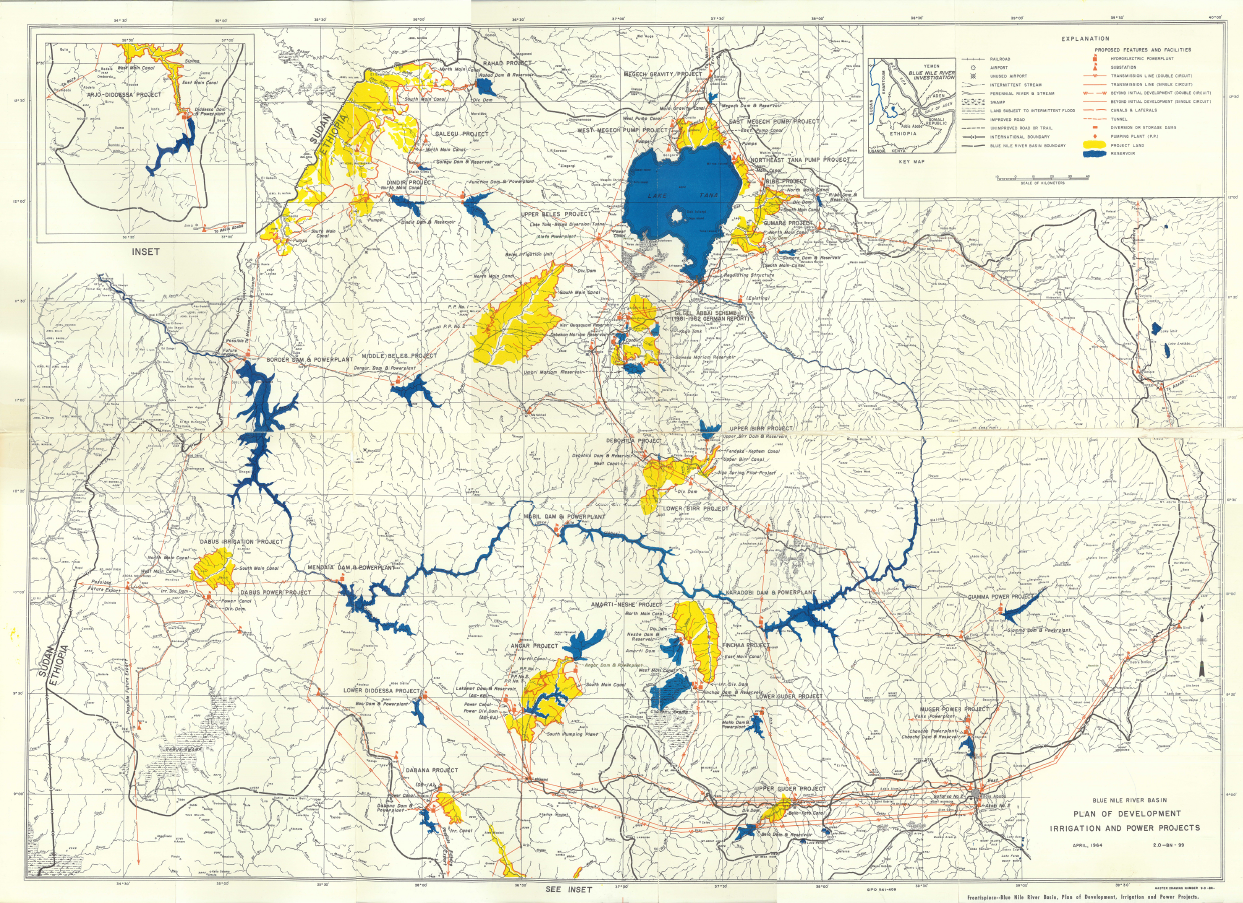
When dam construction is complete, flow to the dam site resumes and the reservoir begins to fill with water. The initial filling of a reservoir can be defined as the increase in water level behind the dam from the time construction is complete until it reaches the desired operating level. Depending on the location, type, size, and intended purpose of a dam, the duration and rate of its first filling can vary. Regardless of whether it takes several months, several years, occurs naturally, or with the aid of pumping units, the first filling of a reservoir should be planned, controlled, and closely monitored in order to reduce the risk of failure. A carefully managed first filling is crucial to the future success of a dam. According to a study completed by the Bureau of Reclamation on internal erosion failure modes, "approximately two-thirds of all failures and one-half of all dam incidents occur on first filling or in the first 5 years of reservoir operation".
The Grand Ethiopian Renaissance Dam (GERD) location was first identified in a study conducted by the US Bureau of Reclamation to explore the potential hydropower dam sites in the Blue Nile Basin The announcement of the construction of GERD dam in 2011 and the disagreements that ensued between Egypt and Ethiopia exemplifies a transboundary water challenge. The GERD project challenges Egypt’s historical hegemonic position on the Nile basin and aspires to project the power of Ethiopia on Nile water sharing.

USBR Study for potential dams in Ethiopia

Ethiopian PM Meles Zenawi announced the launching of Millennium Hydropower plant in 2011

Egypt, Ethiopia, and Sudan agreed to perform technical studies
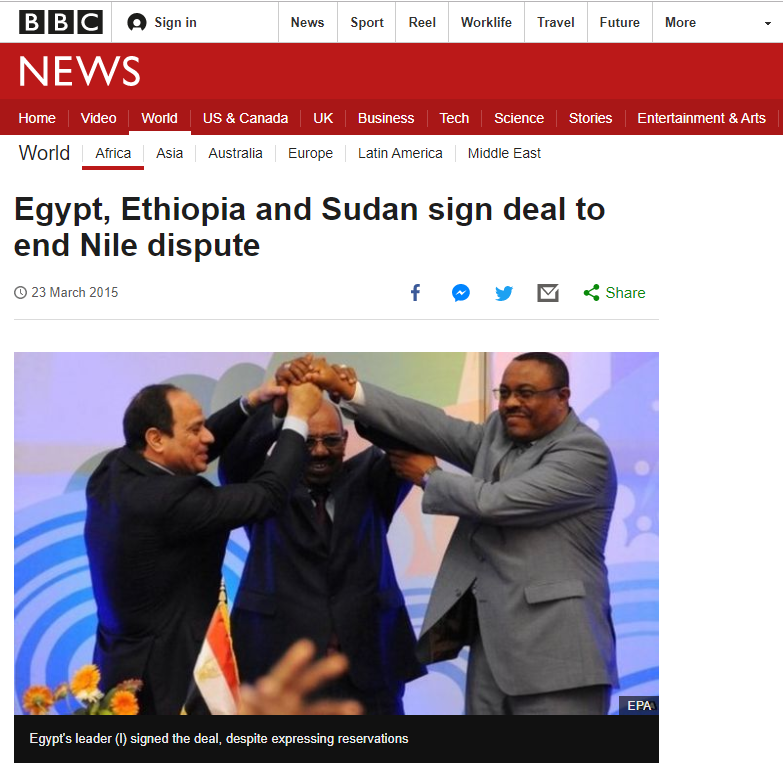
Negotiations failed regarding GERD Dam filling/operation
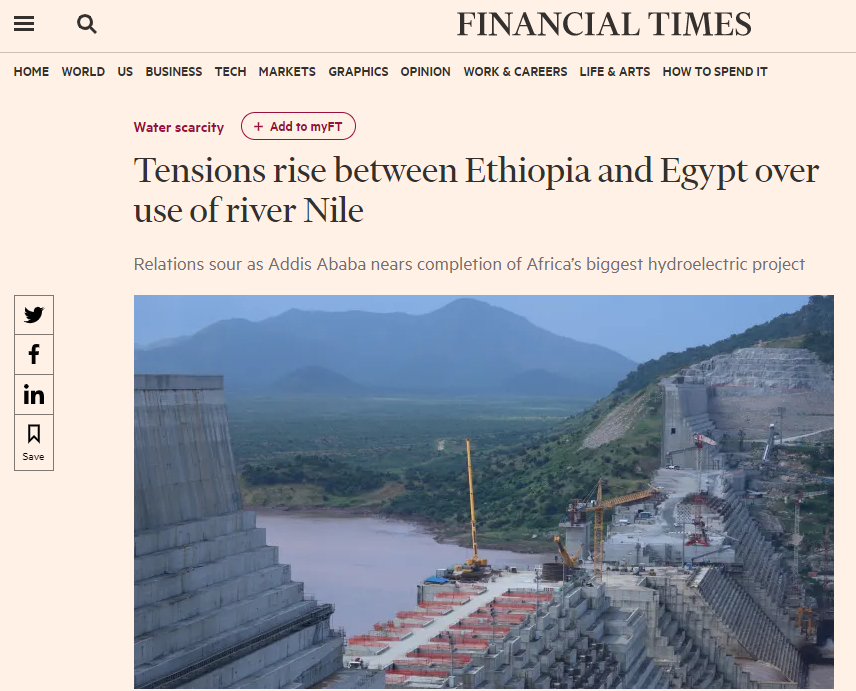
Egypt accepts US invitation for meeting over GERD dispute
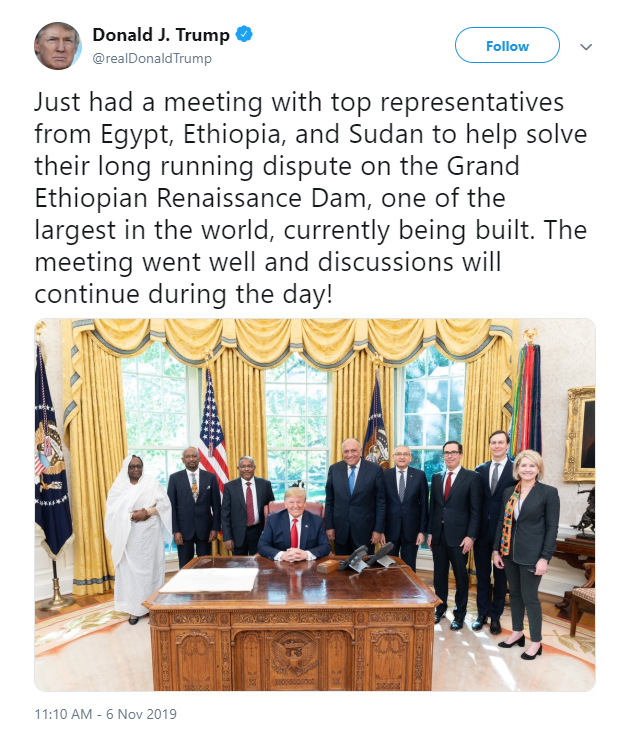
United Nations Security Council meeting on the controversial Grand Ethiopian Renaissance Dam (GERD)
at a request from Egypt
